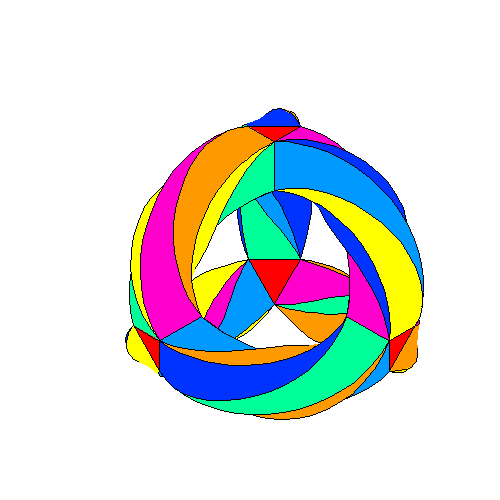Topology Tuesday: Klein’s Quartic
If you are looking for a subject likely to inflame the hearts of mathematicians, make them slightly weak in the knees, and induce some distinctly poetical sentiments, Klein’s Quartic, first described by German mathematician Felix Klein in 1878, seems like a pretty good bet. Though the surface itself, per Wikipedia, “does not have a (non-trivial) 3-dimensional linear representation,” several prominent math-bloggers have produced models, projections, and plain-language written explanations attempting – and doing a pretty good job of it, IMHO – to communicate their passion for the construct…








